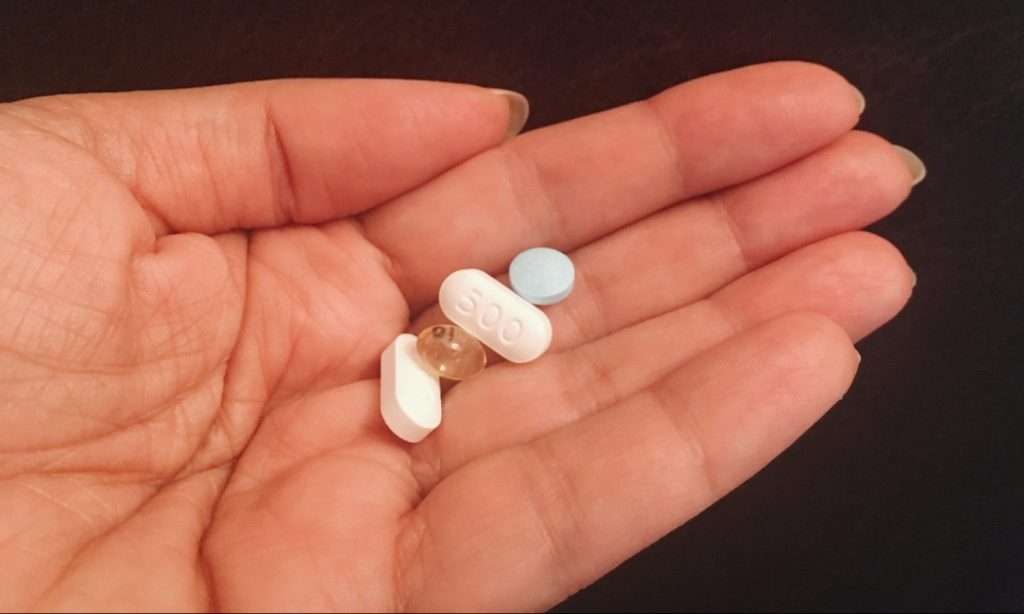Too often, we hear, "I have been taking CBD, but I don't feel any effects."
But the problem doesn't lie with CBD. Scientific research tells us that cannabinoids (CBD, THC, CBG, CBN) provide therapeutic relief relating to stress, anxiety, sleeplessness, and inflammation with the right dose and when taken correctly. Medical marijuana shows even greater promise for more severe ailments like epilepsy, Alzheimer's, Parkinson's, and cancer, to name a few.
The issue stems from CBD's inability to absorb easily into the body; more biotechnological advances are necessary to resolve this. Cannabinoids are oil-based and do not readily absorb into bodies that are 80% water. Additionally, they face destruction from stomach acid and other obstacles when traveling through the digestive system. Thankfully, there is a flurry of activity among chemists and engineers looking for innovative solutions.
Let's start with the different ways cannabinoids get processed in our bodies.
The pros and cons
1. Nasal spray or vaping provides the most rapid results and CBD intake because it enters directly into the bloodstream through thin membranes of the nose and lungs.
Copyright
© 420 Intel




